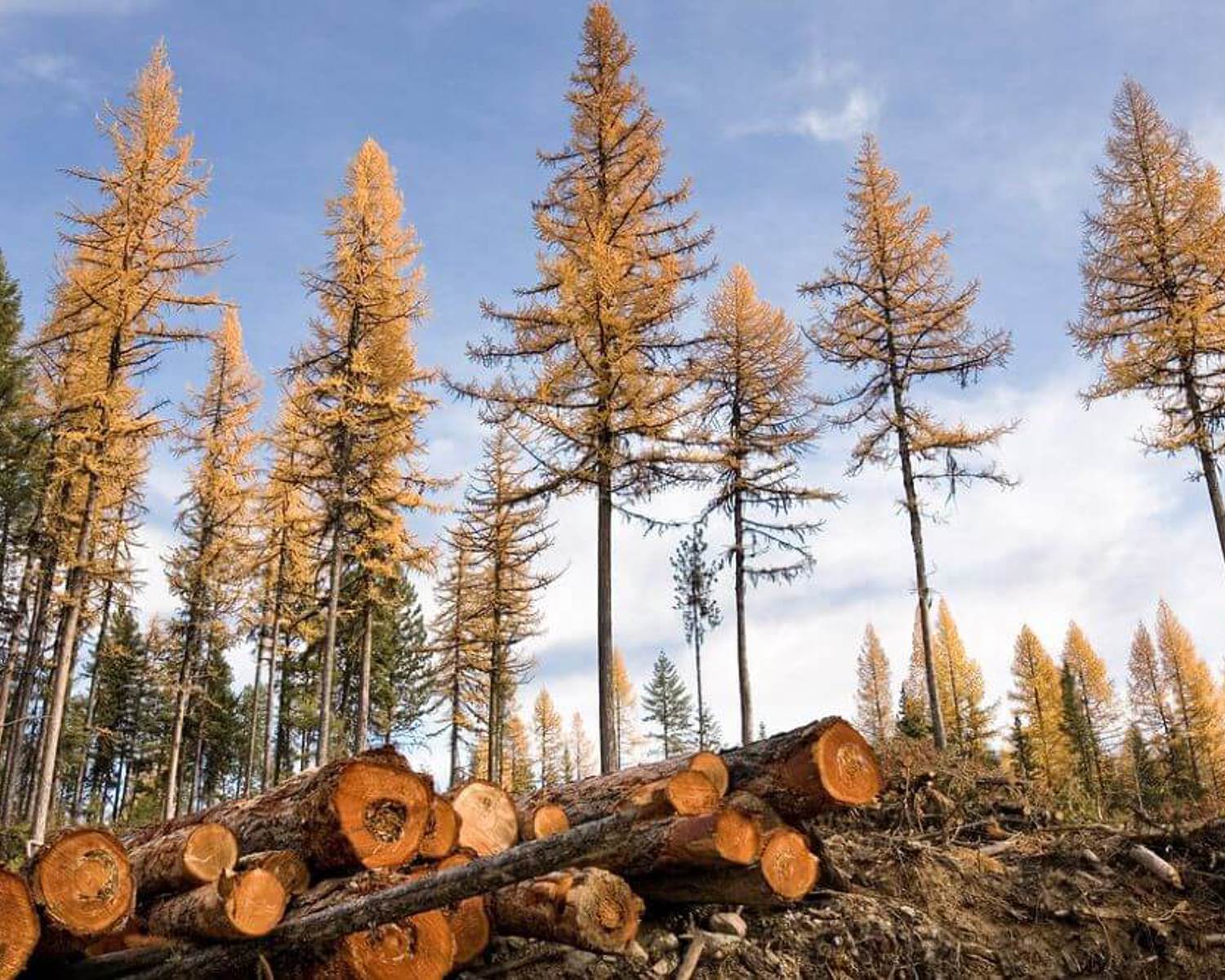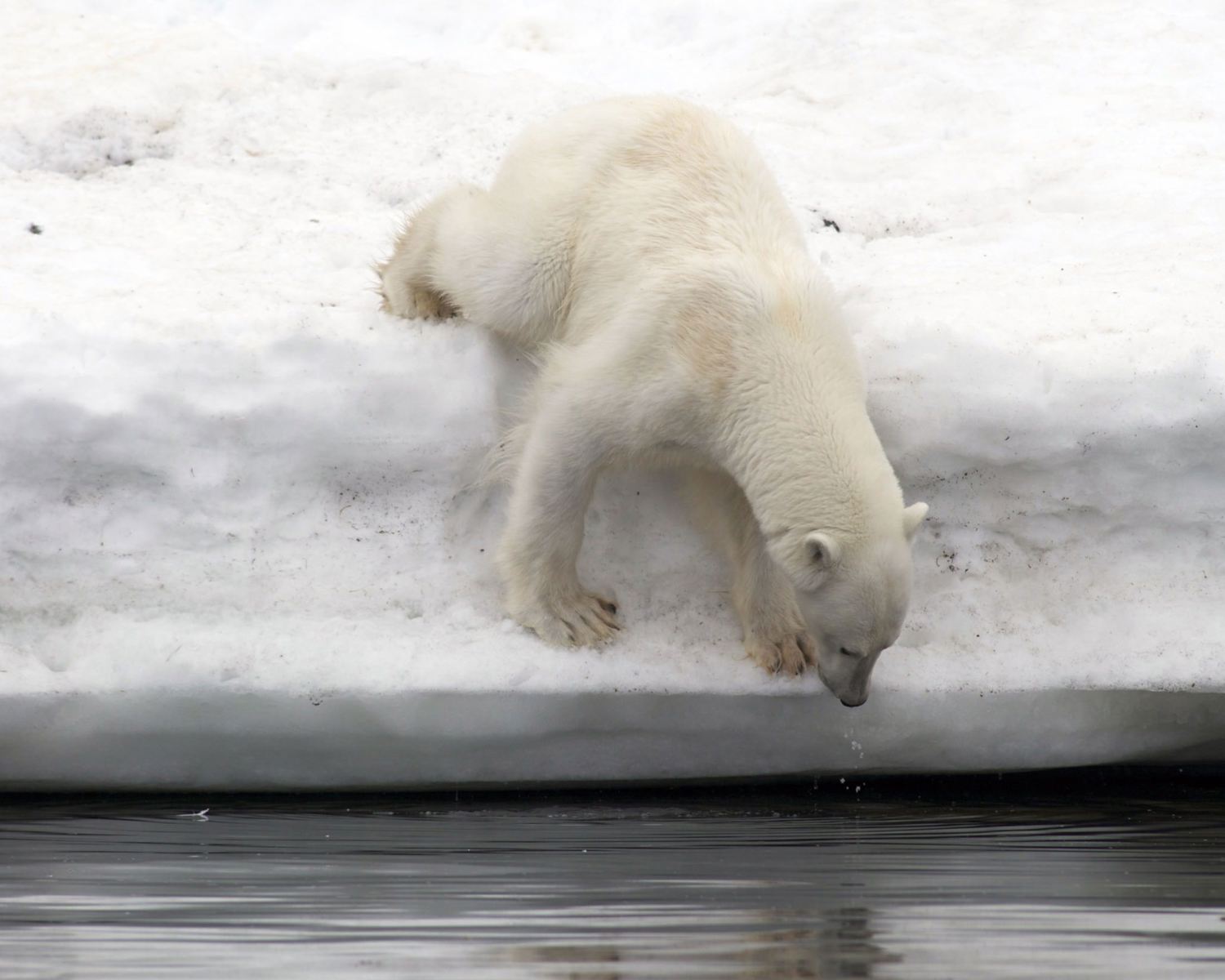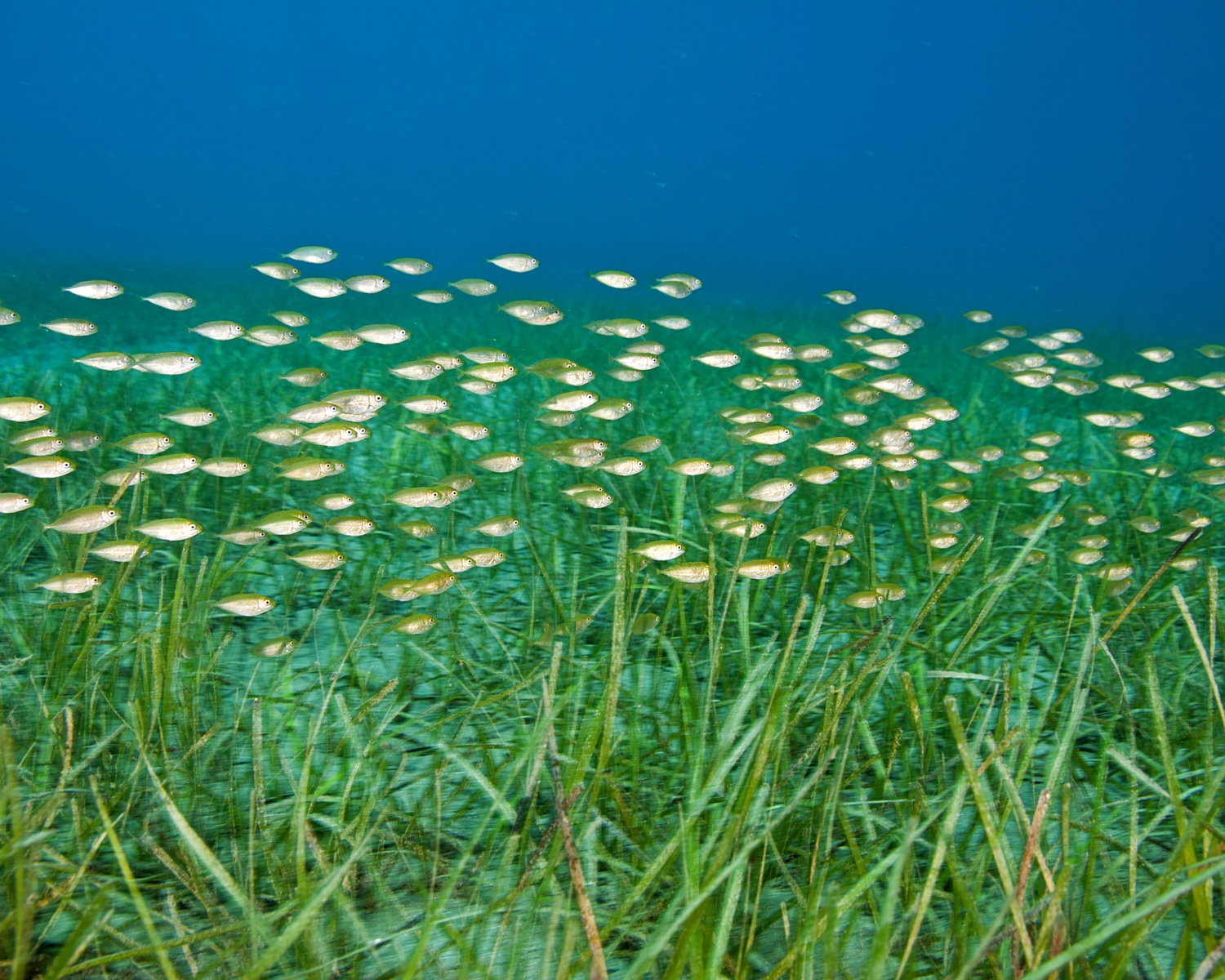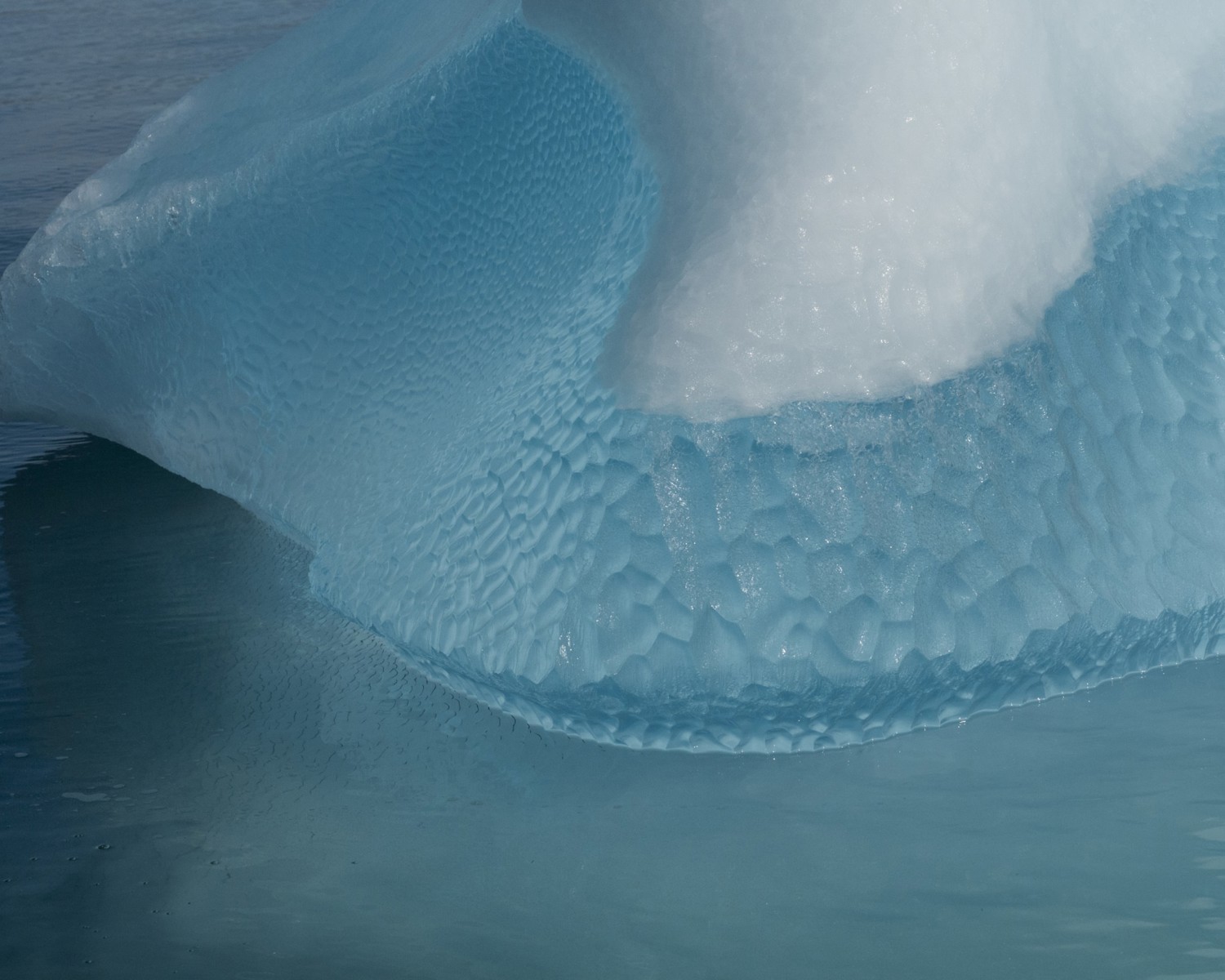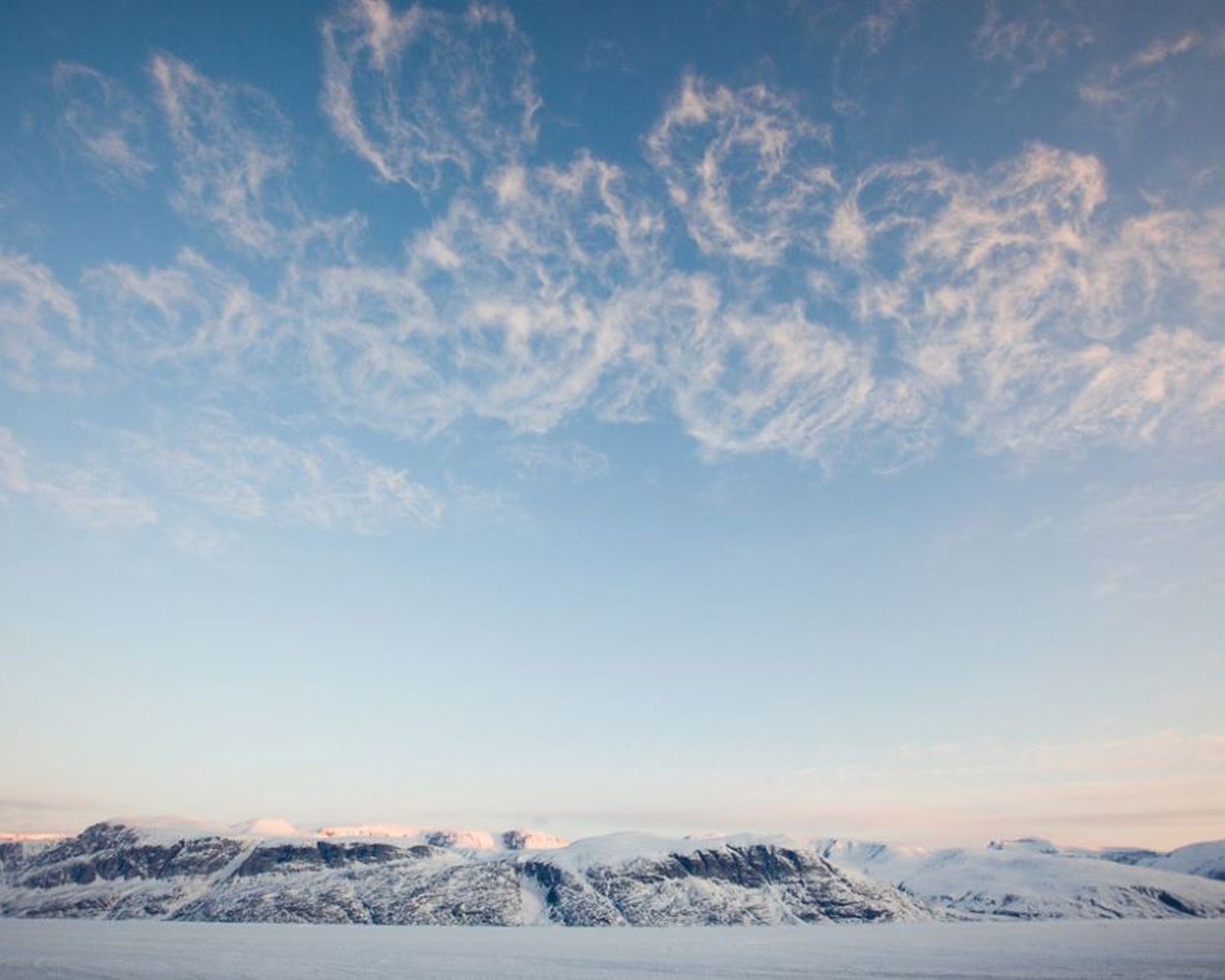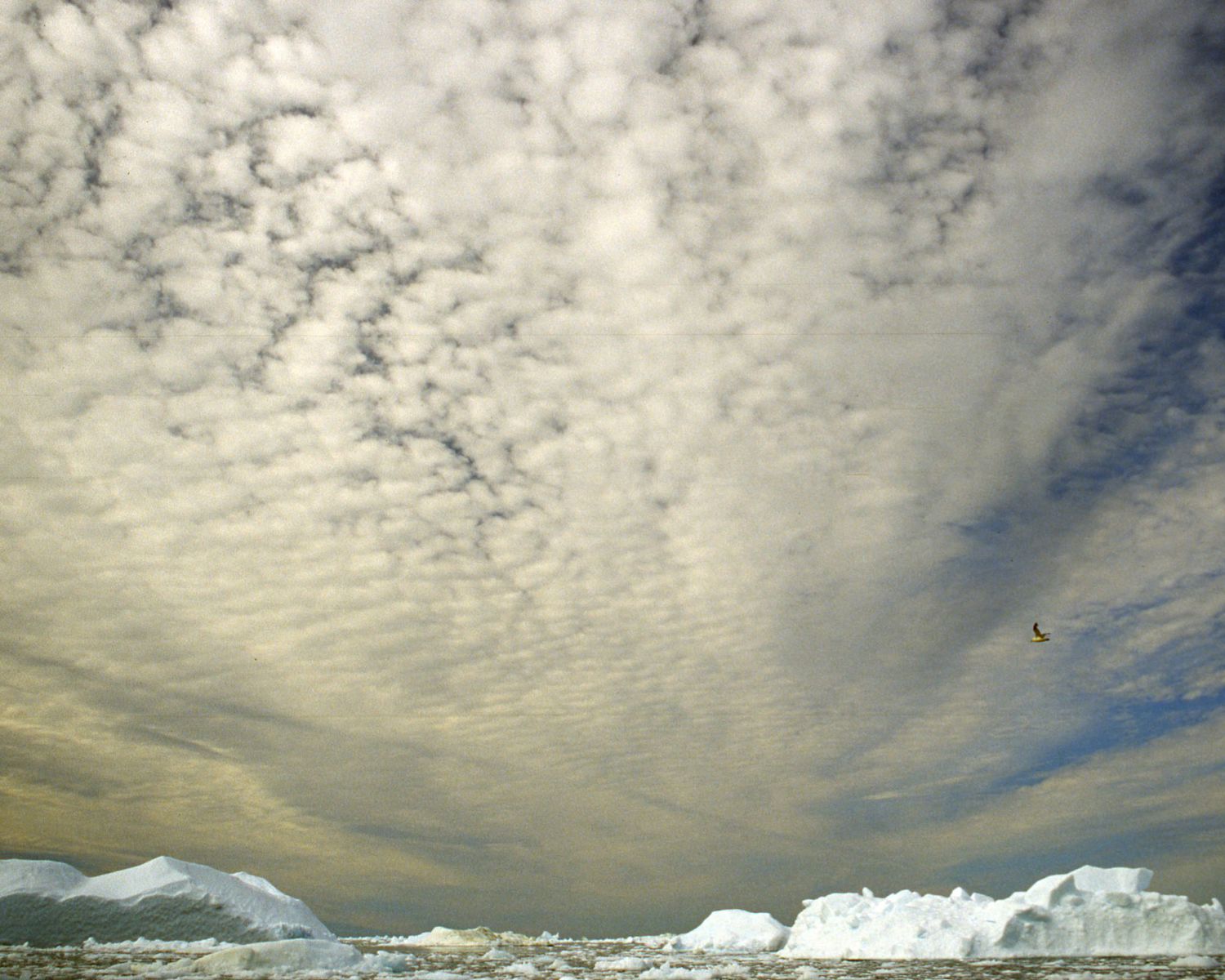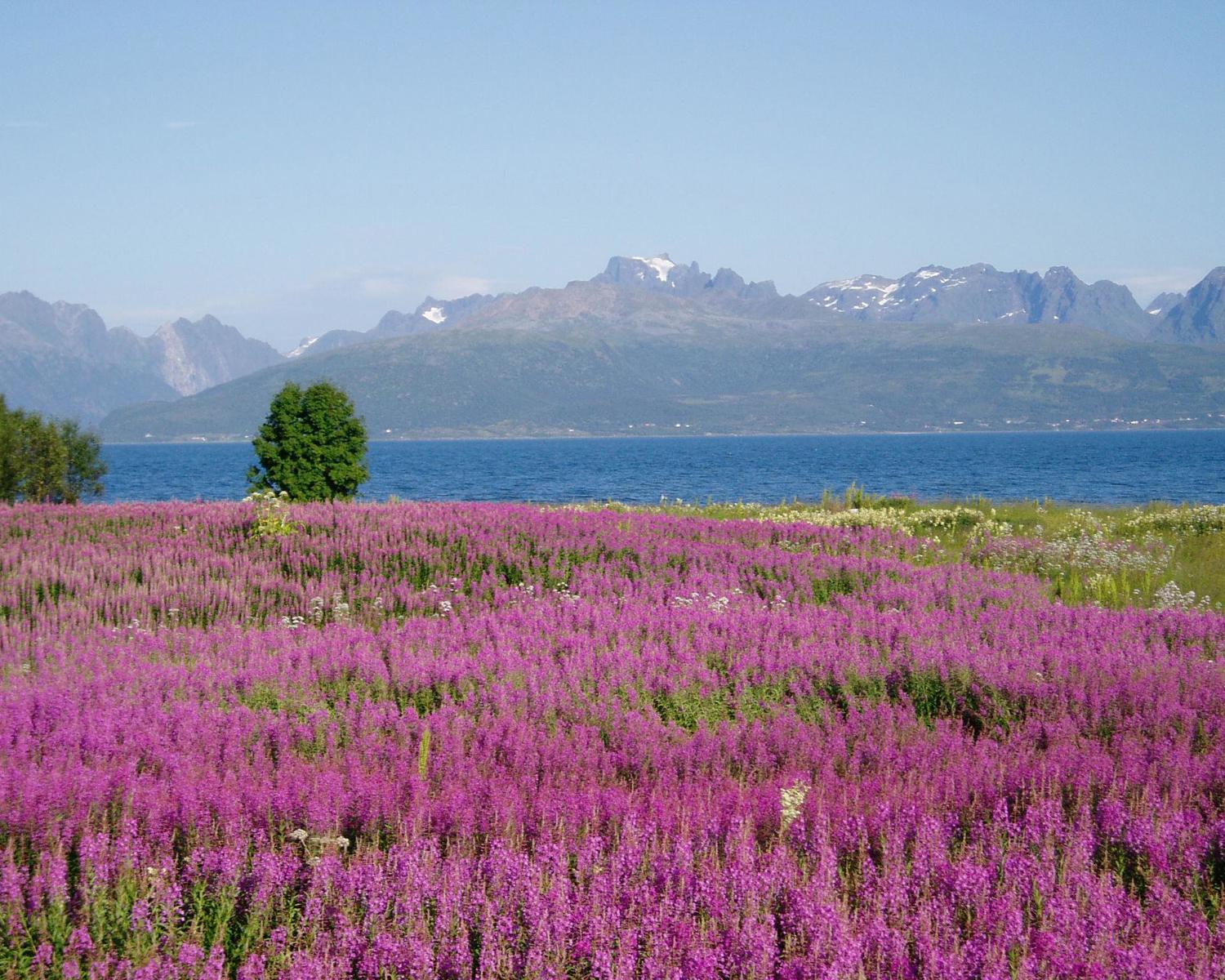Methane flaring (not industrial)
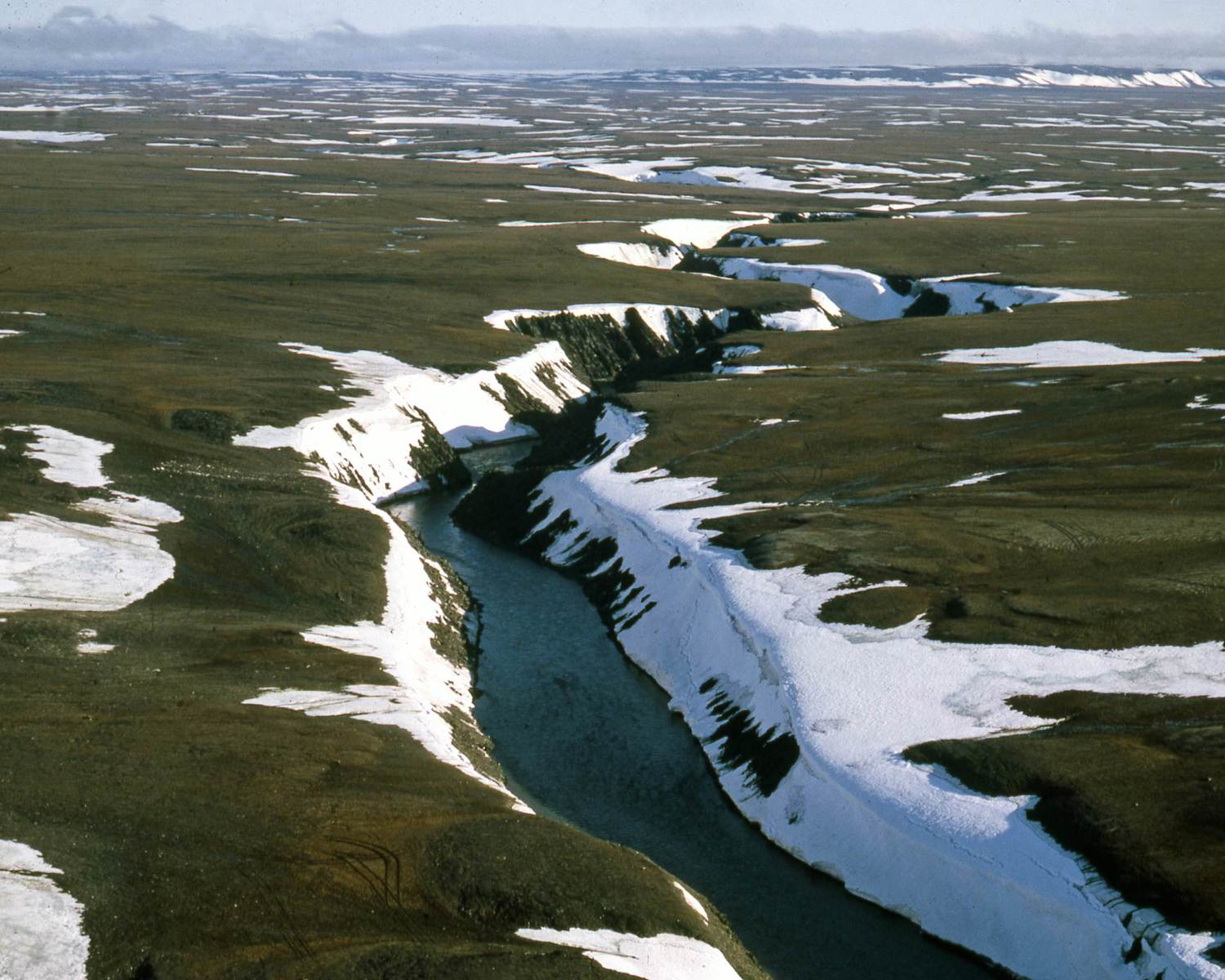
Apart from proposals to destroy atmospheric methane or capturing it, some have suggested it could be possible to prevent methane from reaching the atmosphere or flaring it.
Sellers (2011) noted that it could be possible to cover a certain subsea area and, instead of trying to capture the hydrates, flaring them, thereby turning the methane into relatively less potent GHG CO2. Lockley (2012) also writes about ‘Small, inexpensive spark devices can ignite combustible methane/air mixtures at source’. Paul Klinkman equally writes about 'Compact wind-powered sparking devices with small batteries' to flare methane at source. Alternatively, Stolaroff et al. (2012) and Lockley (2012) suggested ideas to disturb the methane bubbles while they traveled through the water column, thereby making it less likely for them to reach the surface and enter into the atmosphere.
Analysis overview

Technological Readiness Level (TRL)
Low 1
There has not been major scientific interest in the idea, as major difficulties arise from non-point source emissions mitigation (Johannisson, and Hiete, 2020). Small scale experiments with capturing and flaring methane using recycled parachutes is done by the company Frost Methane (https://www.frostmethane.com/, see Catalog of Research Funding Needs to Advance Methane Removal (2023) at methaneaction.org). Methane flaring development is also part of the US Reducing Emissions of Methane Every Day of the Year (REMEDY) program (arpa-e.energy.gov/news-and-media/press-releases/us-department-energy-awards-35-million-technologies-reduce-methane). Ming et al (2022) however argue that such ideas remain speculative without concrete details.
Technological Readiness Level (TRL)
A technology with a TRL of 1-3: TRL 1 – Basic; TRL 2 – Concept formulated; TRL 3 – Experimental proof of concept

Scalability
Low 1
Scalability
Physically unable to scale; sub-linear/logarithmic efficiency of scalability

Timeliness for near-future effects
Unknown 0

Northern + Arctic potential
Unknown 0

Global potential
Unknown 0

Cost - benefit
Unknown 0

Environmental risks
Unknown 0

Community impacts
Unknown 0

Ease of reversibility
Unknown 0

Risk of termination shock
Low risk 3
Risk of termination shock
Low or insignificant termination shock or damage

Legality/governance
Possible 3
Legality/governance
Currently legal to deploy, with governance structures in place to facilitate it and/or financial incentives to develop it

Scientific/media attention
Low 1
Scientific/media attention
Very low attention from individuals and/or abandoned ideas; low media attention; no commercial interest.
References
Johannisson, J., & Hiete, M. (2020). A structured approach for the mitigation of natural methane emissions—lessons learned from anthropogenic emissions. C, 6(2), 24. https://doi.org/10.3390/c6020024
Lockley, A. (2012). Comment on “Review of methane mitigation technologies with application to rapid release of methane from the Arctic”. Environmental science & technology, 46(24), 13552-13553. https://doi.org/10.1021/es303074j
Ming, T., Li, W., Yuan, Q., Davies, P., De Richter, R., Peng, C., ... & Zhou, N. (2022). Perspectives on removal of atmospheric methane. Advances in Applied Energy, 100085. https://doi.org/10.1016/j.adapen.2022.100085
Salter, S. H. (2011). Can we capture methane from the Arctic seabed? Retrieved April 6, 2018. Available at: http://arctic-news.blogspot.co.uk/p/methane-capture.html [Accessed 22 July 2024]
Stolaroff, J. K., Bhattacharyya, S., Smith, C. A., Bourcier, W. L., Cameron-Smith, P. J., & Aines, R. D. (2012). Review of methane mitigation technologies with application to rapid release of methane from the Arctic. Environmental Science & Technology, 46(12), 6455-6469. https://doi.org/10.1021/es204686w

